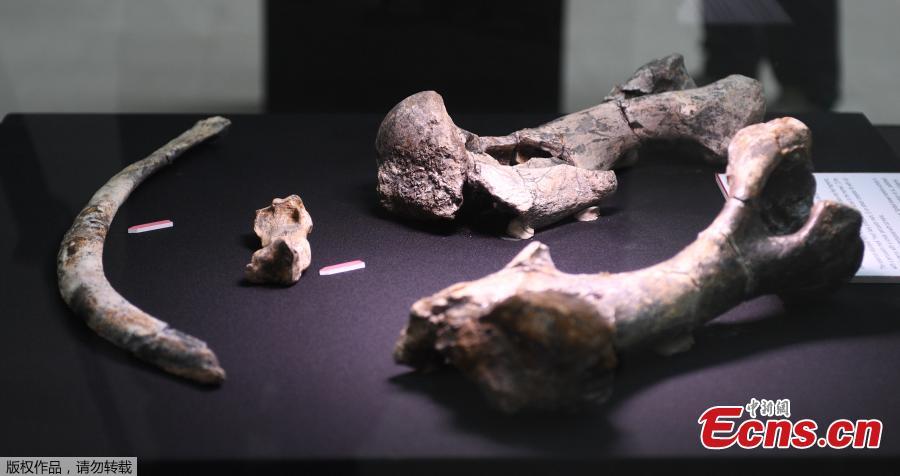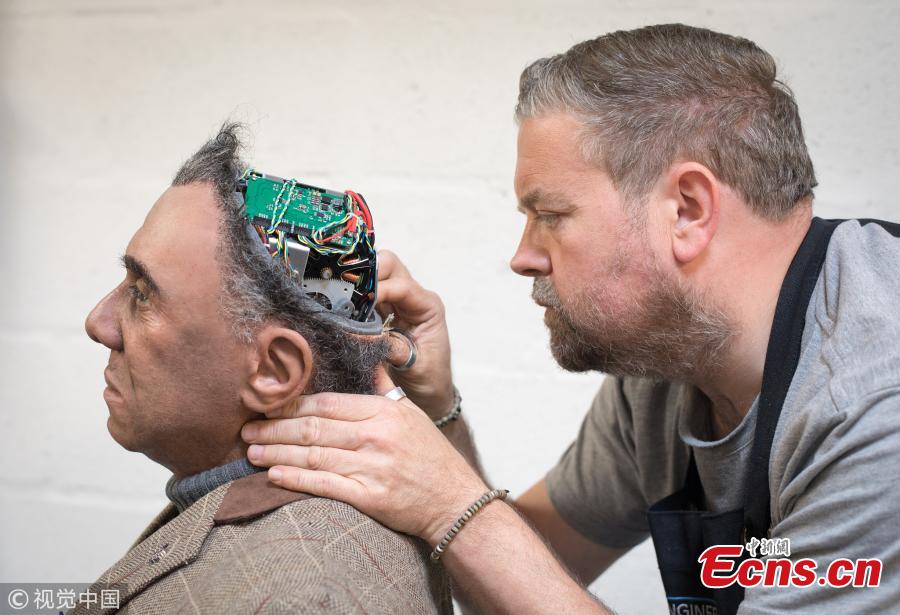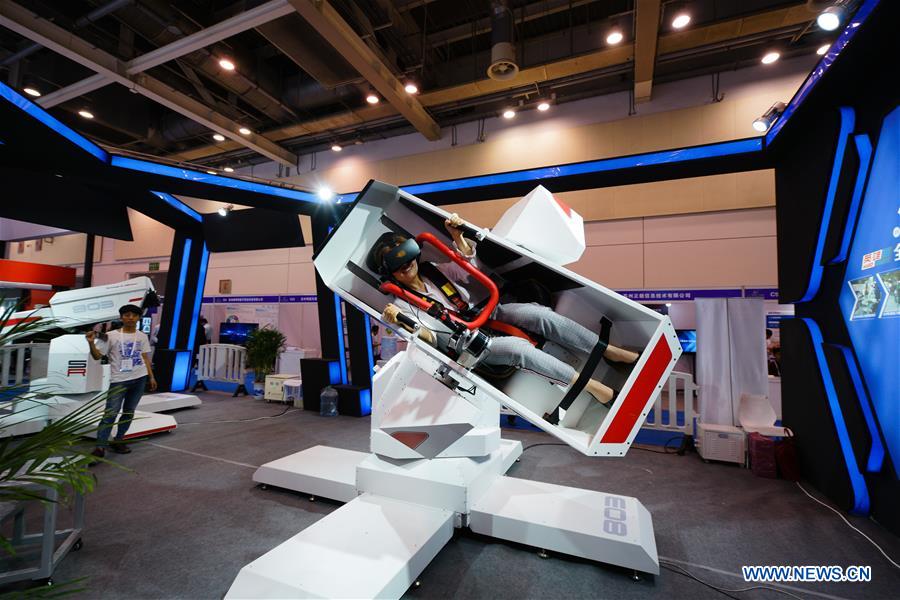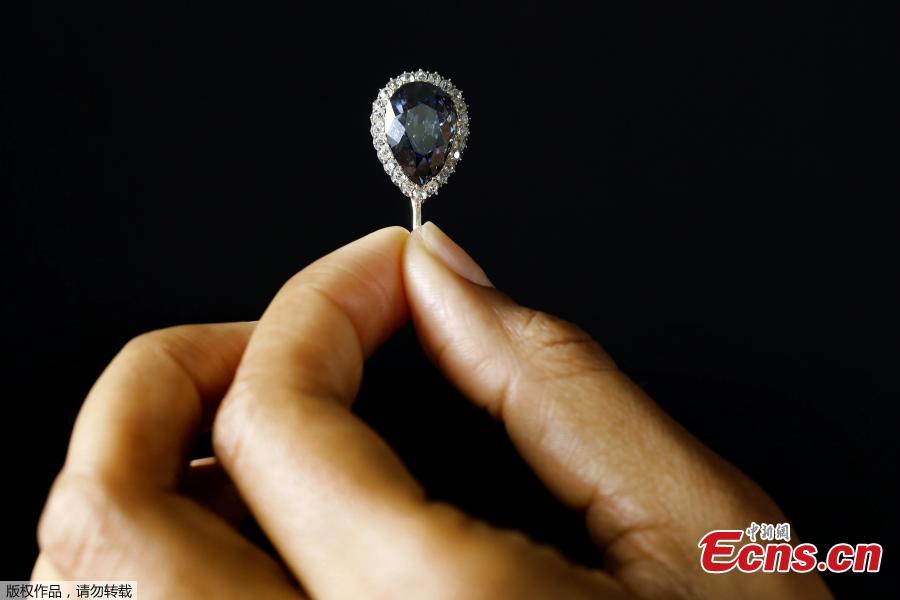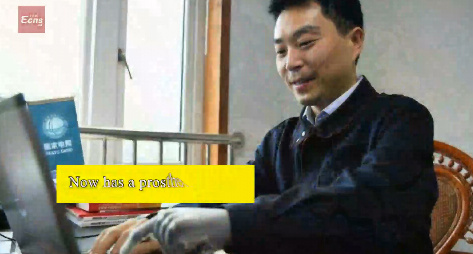Researchers from Columbia University have developed a new technique with the powerful gene editing tool CRISPR to restore retinal function in mice afflicted by a degenerative retinal disease.
This is the first time researchers have successfully applied CRISPR technology to retinitis pigmentosa, a type of inherited disease known as a dominant disorder, according to a paper published in the latest Ophthalmology, the journal of the American Academy of Ophthalmology.
Stephen H. Tsang, a clinical geneticist, and his colleagues sought to create a more agile CRISPR tool so it can treat more patients, regardless of their individual genetic profile.
They called the technique "genome surgery" because it cuts out the bad gene and replaces it with a normal, functioning gene.
Retinitis pigmentosa is a group of rare inherited genetic disorders caused by one of more than 70 genes. It involves the breakdown and loss of cells in the retina, the light sensitive tissue that lines the back of the eye.
The disease typically starts in childhood and progresses slowly, affecting peripheral vision and the ability to see at night. Most will lose much of their sight by early adulthood and become legally blind by age 40. It is estimated to affect roughly one in 4,000 people worldwide and there is almost no cure for it.
The gene editing technology known as CRISPR (Clustered Regularly Interspaced Short Palindromic Repeats) has revolutionized the speed and scope with which scientists can modify the DNA of living cells.
Scientists have used it on a wide range of applications, from engineering plants to producing animals But CRISPR has some flaws to overcome before it can live up to its hype of curing disease in humans by simply cutting out bad genes and sewing in good ones.
People with autosomal recessive disorders inherit two copies of the mutant gene. When two copies of the gene are mutated, treatment involves a more straightforward, one-step approach of simply replacing the defective gene.
However, in autosomal dominant disorders like retinitis pigmentosa, the person inherits only one copy of a mutated gene from their parents and one normal gene on a pair of autosomal chromosomes. So, the challenge for CRISPR-wielding scientists is to edit only the mutant copy without altering the healthy one.
Tsang and colleagues have come up with a "ablate-and-replace" strategy can be used to develop CRISPR toolsets for all types of mutations that reside in the same gene and is not exclusive for one type of mutation.
Because Tsang's technique can be applied in a mutation-independent manner, it represents a faster and less expensive strategy for overcoming the difficulty of treating dominant disorders with genome surgery.
TWO SPIES TO FIND BAD GENES
Typically, CRISPR researchers design a short sequence of code called guide RNA that matches the bit they want to replace.
Instead of using one guide RNA, Tsang designed two guide RNAs to treat autosomal dominant retinitis pigmentosa caused by variations in the rhodopsin gene.
Rhodopsin is an important therapeutic target because mutations in it cause about 30 percent of autosomal dominant retinitis pigmentosa and 15 percent of all inherited retinal dystrophies.
This technique allowed for a larger deletion of genetic code that permanently destroyed the targeted gene.
Tsang found that using two guide RNAs instead of one increased the chance of disrupting the bad gene from 30 percent to 90 percent.
They combined this genome surgery tool with a gene replacement technique by using an adeno-associated virus to carry a healthy version of the gene into the retina.
Another advantage is that this technique can be used in non-dividing cells, which means that it could enable gene therapies that focus on non-dividing adult cells, such as cells of the eye, brain, or heart.
Therefore, this same tool might work in hundreds of diseases, including Huntington's disease, Marfan syndrome, and corneal dystrophies, according to the researchers.
Tsang's team used an objective vision test to evaluate the mice after treatment to show a significant improvement in retinal function.
Tsang said he expects human trials to begin in three years.

















